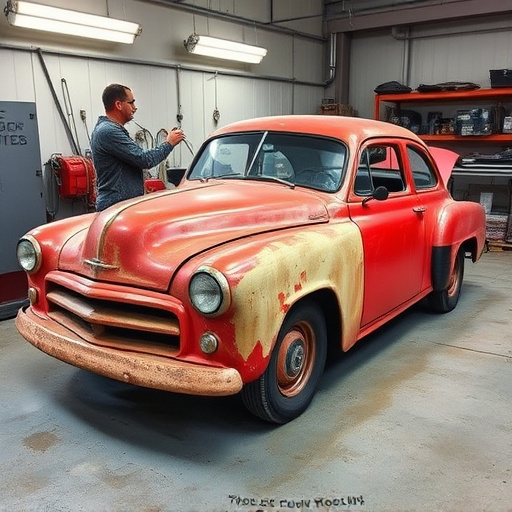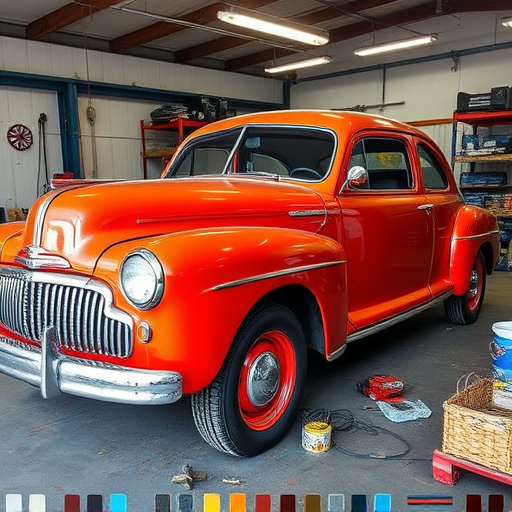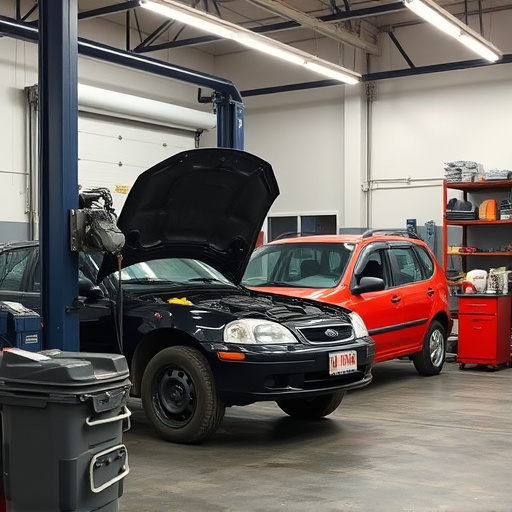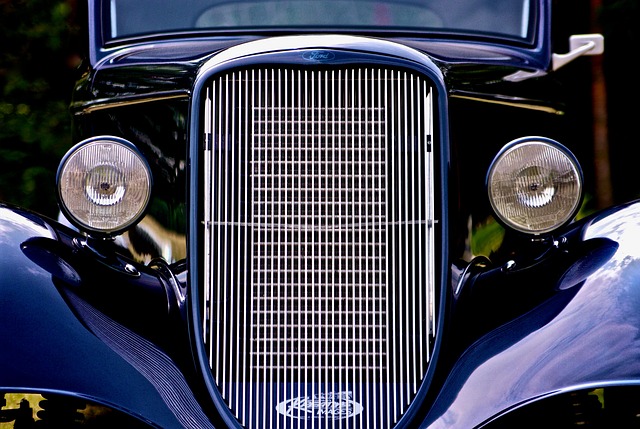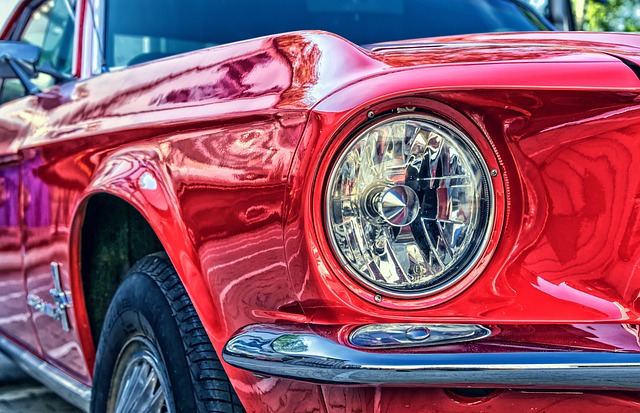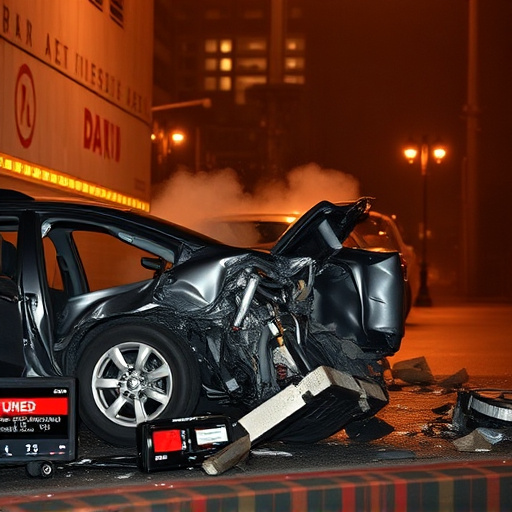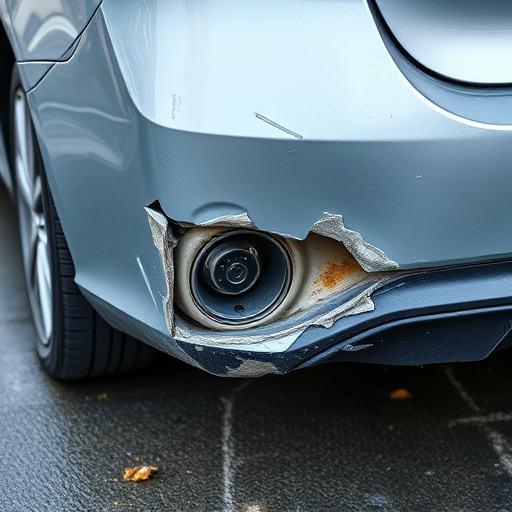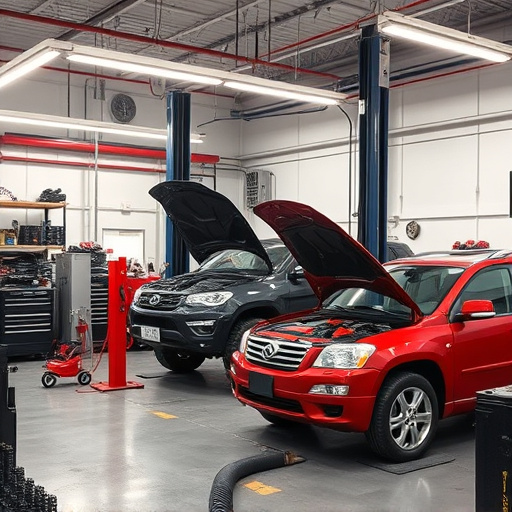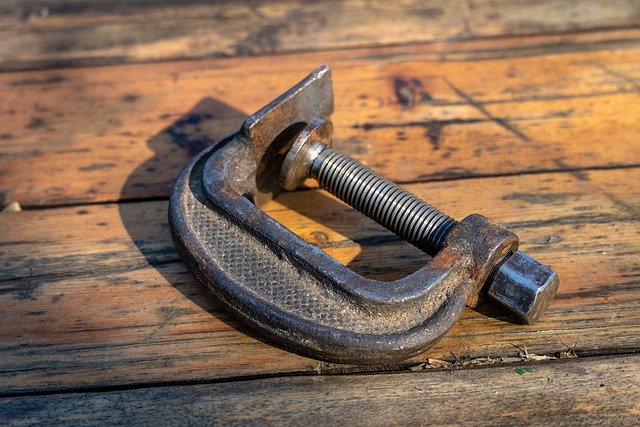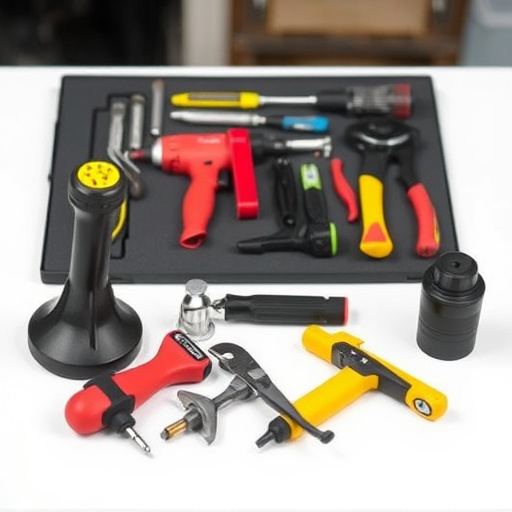Advanced welding techniques, including laser, robotic, and TIG welding, have revolutionized auto repair by offering unprecedented precision, reducing human error, and minimizing heat damage. These innovations cater to modern vehicle complexity and lightweight materials, enhancing structural integrity while enabling intricate detail work for superior safety and quality standards, particularly in high-end brands like Mercedes-Benz.
Advanced welding techniques have revolutionized auto repair, significantly enhancing safety across the industry. This evolution, driven by technological advancements, offers more precise, durable, and structurally sound repairs compared to traditional methods. From laser welding’s precision to robotic welding’s consistency, these modern approaches ensure vehicles meet stringent safety standards while minimizing post-welding risks. By embracing these advanced techniques, auto repair professionals are not only improving the quality of their work but also safeguarding drivers on the road.
- The Evolution of Welding in Auto Repair: Unlocking Safer Practices
- – A brief history of welding techniques in automotive industry
- – Introduction to advanced welding methods and their emergence
The Evolution of Welding in Auto Repair: Unlocking Safer Practices

The evolution of auto repair has witnessed a significant transformation, largely driven by advancements in welding techniques. Traditional methods, once considered safe and standard practices, have given way to modern, precise, and safer alternatives. This shift is not just about improving efficiency; it’s about ensuring better quality repairs that prioritize the safety of vehicles and their occupants.
Advanced welding techniques offer a multitude of benefits tailored to various aspects of auto repair. For instance, laser welding provides unparalleled precision, reducing the risk of heat-induced damage to surrounding components, especially in delicate areas like auto glass repair. Robotic welding enhances consistency, minimizing human error during complex procedures, and making repairs more reliable. These innovations not only streamline the auto maintenance process but also enable mechanics to handle intricate repairs with ease, ensuring every fix is done correctly from start to finish, even for seemingly minor issues like car scratch repair.
– A brief history of welding techniques in automotive industry
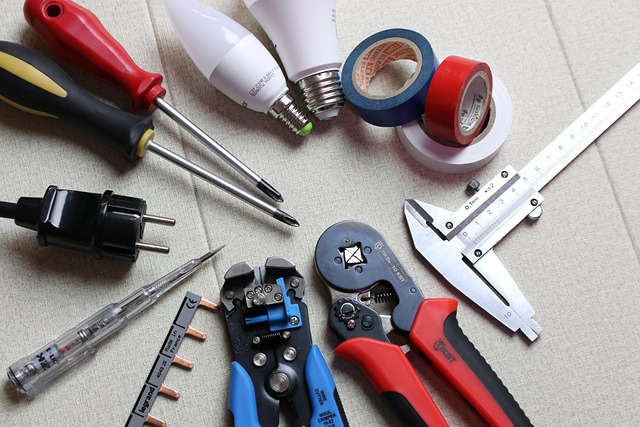
The automotive industry’s evolution has been closely tied to advancements in welding techniques, which have played a pivotal role in shaping modern vehicle construction and repair processes. Historically, early automobiles utilized simpler joining methods like riveting and bolting for assembly. However, as vehicles became more complex with the introduction of lightweight materials and intricate designs, the need for stronger and more precise joining solutions emerged. This marked the beginning of welding’s integration into collision repair services and auto repair services, revolutionizing the way professionals repair and refurbish vehicles.
Over time, advanced welding techniques like laser welding, TIG (Tungsten Inert Gas) welding, and robotic arc welding have transformed the automotive landscape. These methods offer unparalleled precision, allowing for intricate welds that maintain structural integrity without compromising aesthetics. For instance, in Mercedes-Benz repair, these advanced techniques ensure that vehicles return to their original factory standards, showcasing not only safety but also a commitment to quality and customer satisfaction across the board in auto repair services.
– Introduction to advanced welding methods and their emergence

Advanced welding techniques have emerged as a game-changer in the auto industry, revolutionizing not just how vehicles are built but also how they’re repaired. These innovative methods go beyond traditional welding practices, employing cutting-edge technology and precise control to create stronger, safer bonds. The need for such advanced techniques arose from the increasing complexity of modern vehicle designs and the emphasis on lightweight materials for improved fuel efficiency.
Auto body repair professionals now have a range of advanced welding technologies at their disposal, including laser welding, robotic welding, and TIG (Tungsten Inert Gas) welding. These methods not only ensure structural integrity but also facilitate cleaner cuts and more intricate design work during auto body painting and detailing processes. This shift towards advanced welding techniques has undoubtedly elevated safety standards in the auto repair sector.
Advanced welding techniques have revolutionized auto repair, offering safer and more precise practices than ever before. By embracing the evolution of these methods, industry professionals can enhance structural integrity, streamline repair processes, and ultimately improve customer satisfaction. As technology continues to progress, staying updated with the latest advanced welding techniques will be key to maintaining high safety standards in automotive repair.
